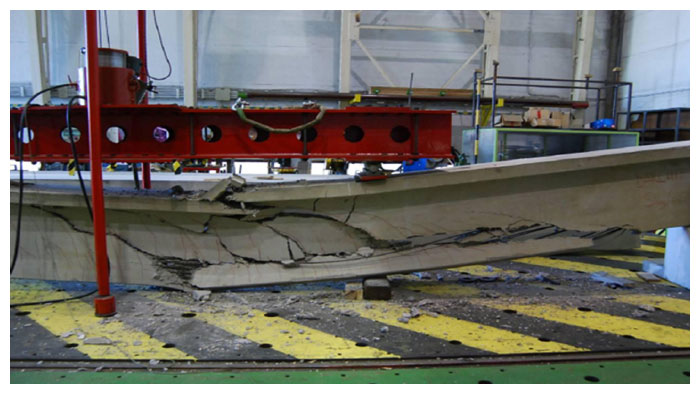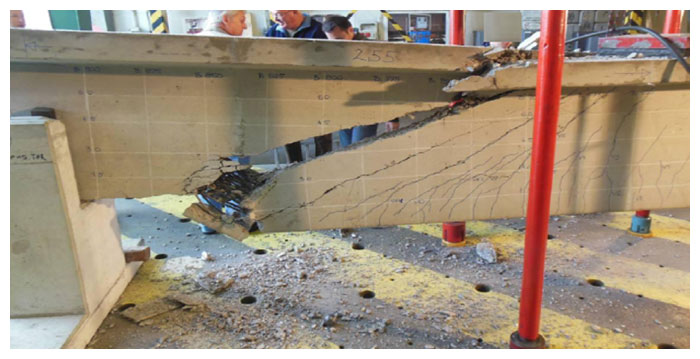
Project FibreLAB
Virtual Lab for Fibre Reinforced Concrete Design by Simulation Prototyping
The project will develop software tools for design of products/structures made of fiber reinforced concrete material using simulation prototyping. The development of virtual numerical prototypes and their validation by numerice simulation of their behavior under specified design conditions corresponds to the current trend towards performance based design. The simulation will be performed using nonlinear finite element analysis with advanced constitutive models for fiber reinforced concrete material. The development of the nonlinear solution techniques or mathematical and numerical material models will not be part of this project. This functionality is already available in the simulation system ATENA developed and distributed by CER. New methods, techniques and tools will have to be developed for the performance based design of fiber reinforced concrete products/structures for service and ultimate limit states taking into account nonlinear material response.
The material behavior in tension will be based on the smeared crack approach using the crack band method for tensile softening/hardening. This approach is based on nonlinear fracture mechanics taking into account the material fracture energy and the added fracture energy of the fibers. The fracture mechanics based method will be used for the modelling of structural behavior in the investigated design scenarios as wells as for the design of suitable material composition, fiber type and their amount. The compressive behavior is modeled using plasticity with hardening/softening based on crush band approach in analogy to the tensile crack band method, where the softening/hardening properties depend on the amount and type of fibers. The existing user defined cementitious model of ATENA software will be used, but the appropriate definition of input parameters and hardening/softening relationships needs to be formulated and developed during the project.
ATENA system enables the simulation of the structural behavior also under extreme loading scenarios such as fire and earthquake or long term behavior taking into account shrinkage, creep, fatigue or degradation due to carbonation and chloride ingress. This will provide the basis for advanced design for extreme cases as well as for the new limit states involving service life, durability and sustainability.
The project is divided into the following workpackages:
WP1: User and Functional Requirements Definition
WP2: Rapid Prototyping for Parametric Modelling of FRC Products/Structures
WP3: FRC Model Parameters Identification
WP4: FRC Design using Simulation Prototyping
WP5: Validation
WP6: Dissemination & Exploitation & Project Management

